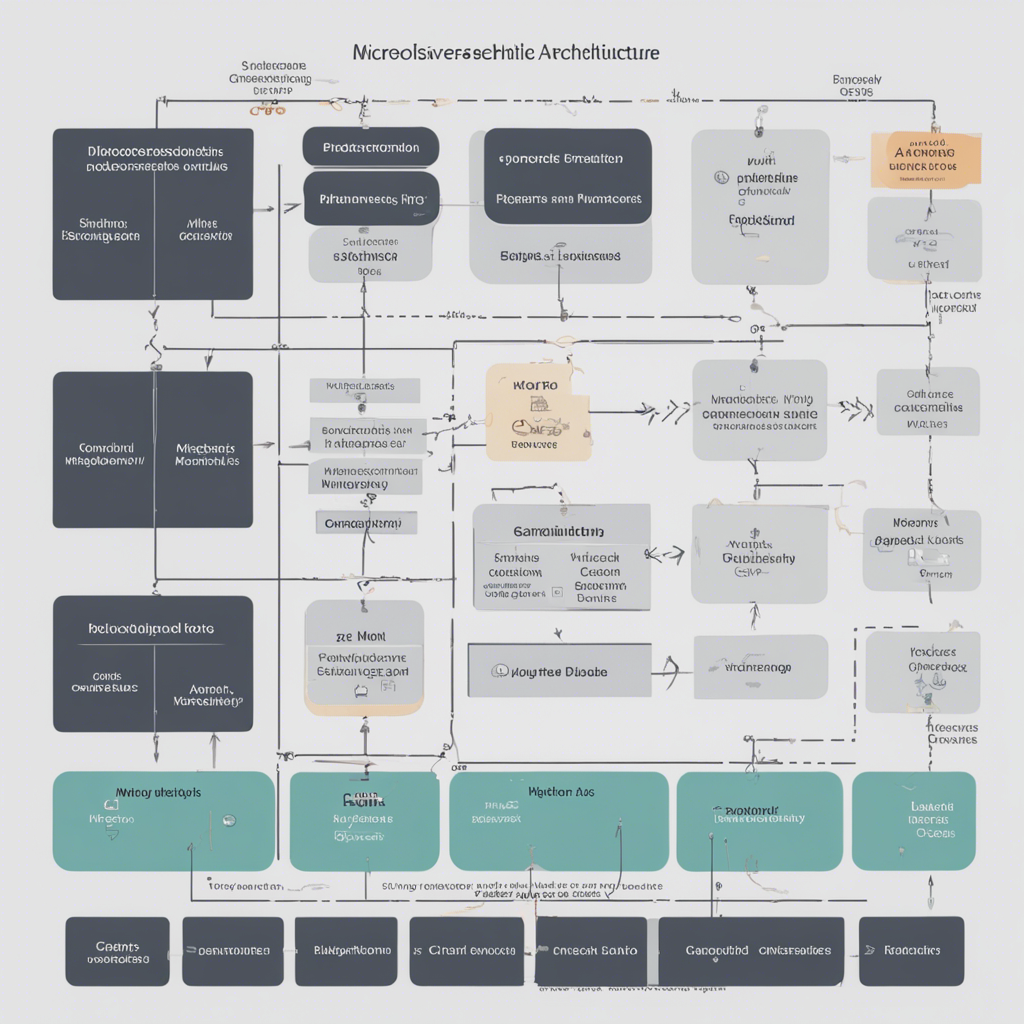
Building Your Own AI Assistant from Scratch
In today’s digital age, artificial intelligence (AI) has become an integral part of our daily lives. From voice-controlled virtual assistants like Siri and Alexa to personalized recommendation algorithms, AI has revolutionized the way we interact with technology. Wouldn’t it be fascinating to create your own AI assistant from scratch? In this comprehensive guide, we’ll explore the step-by-step process of building your own AI assistant, harnessing the power of machine learning and natural language processing.
Understanding the Basics of AI-Assisted Technology
Before diving into the technical details, let’s establish a clear understanding of what an AI assistant embodies. An AI assistant is a software agent designed to perform specific tasks or services, often in response to voice commands or text inputs. It utilizes machine learning algorithms, natural language processing, and other AI techniques to comprehend and respond to user queries.
Step 1: Defining the Purpose and Scope
The first step in building your AI assistant is defining its purpose and scope. Determine the primary functions you want your assistant to perform: answering questions, performing web searches, creating reminders, or even controlling smart home devices. Setting these goals will guide you throughout the development process.
Step 2: Data Collection and Preprocessing
To train your AI assistant, you’ll need a vast amount of data. Start by collecting a large corpus of text from reputable sources relevant to your assistant’s domain. Open-source chat datasets, news articles, and books can provide a strong foundation. Preprocess the collected data, cleaning and normalizing it to ensure optimal performance.
Step 3: Natural Language Processing (NLP) Pipeline
Natural language processing is essential for enabling your AI assistant to understand and respond to user queries. Develop an NLP pipeline that consists of different components, such as tokenizer, part-of-speech tagger, named entity recognizer, and syntactic parser. These components work together to break down textual inputs into meaningful representations.
Step 4: Machine Learning for Intent Recognition
Intent recognition is a crucial aspect of building an effective AI assistant. Utilize machine learning techniques, such as supervised learning or deep learning, to train models that can classify user queries into specific intents or actions. Annotated training data with labeled intents is essential for training accurate models.
Step 5: Dialog Management
Next, you need to manage the flow of the conversation between your AI assistant and the user. Design a state-based or rule-based dialog management system that determines how the assistant should respond based on the current context. Consider using techniques like finite-state machines or reinforcement learning for more advanced dialog management.
Step 6: Text Generation and Speech Synthesis
Once your AI assistant has understood the user’s query and determined the appropriate intent, it needs to generate a response. Develop text generation models using techniques like sequence-to-sequence (Seq2Seq) or transformer models. Additionally, you can incorporate speech synthesis algorithms to make your assistant speak the responses.
Step 7: Integration and Deployment
To make your AI assistant accessible and user-friendly, consider developing a graphical user interface (GUI) or integrating with popular messaging platforms like Facebook Messenger or Slack. Deployment can be done on servers or cloud platforms like AWS or Heroku. Ensure proper security measures are in place to protect user data and privacy.
Step 8: Continuous Improvement and Learning
Building an AI assistant is an iterative process. Continuously collect user feedback and leverage that feedback to improve your assistant’s performance. Consider implementing techniques like reinforcement learning to enable your AI assistant to learn from user interactions and adapt its responses accordingly.
Conclusion
Building your own AI assistant from scratch is an exciting and challenging endeavor, requiring a combination of machine learning, natural language processing, and software engineering skills. By following the steps outlined in this comprehensive guide, you can create a functional AI assistant that can understand user queries, engage in meaningful conversations, and perform a variety of tasks.
Remember, the key to success lies in continuous improvement and learning. Stay updated with the latest advancements in AI technologies and incorporate new techniques into your AI assistant to enhance its capabilities. Finally, have fun with the process and be amazed at what you can accomplish by building your very own AI assistant!
NOTE: For further reading on various AI techniques and concepts mentioned in this post, you may refer to the following reputable sources:






